1950
CBS presents Ballet Theater in Les Sylphides.
Nora Kaye and Igor Youskevitch perform Giselle, the first full-length ballet presented on television by CBS.
1951
An American in Paris, written by Alan Jay Lerner and directed by Vincente Minnelli, wins an Academy Award. The 17-minute title ballet is choreographed by Gene Kelly and danced by him and Leslie Caron.
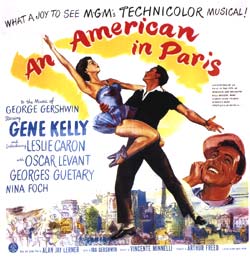
1952
Gene Kelly and Stanley Donen direct and choreograph Singin' in the Rain.
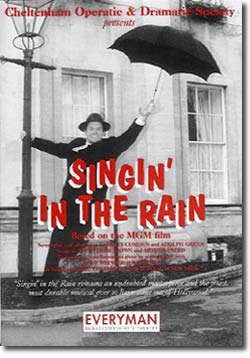
Limelight, directed by Charles Chaplin, has dance sequences performed by Melissa Hayden and Andre Eglevsky.
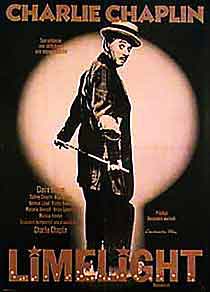
Omnibus begins and continues on CBS for nine and a half years, including such dance programming as Agnes de Mille's Rodeo, Eugene Loring's Billy the Kid, and Gene Kelly in Dancing Is a Man's Game.
1953
Most U.S. movie theaters are adapted for CinemaScope film projection. JVC begins research into video recording.
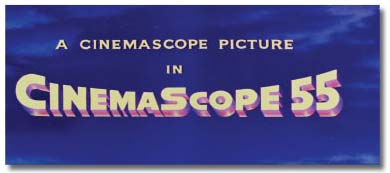
1954
The zoom (variable focal length) lens, first used in the USA, is introduced on the Bolex camera.
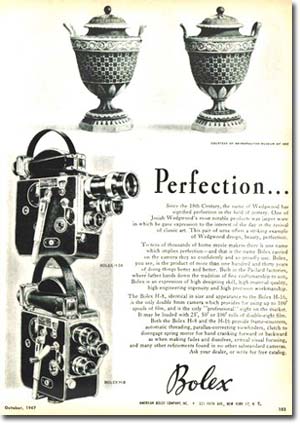
Peak of the pre-videotape era: CBS produces 70 hours of live programming a week, all kine-recorded on almost 1 million feet of film stock.
Seven Brides for Seven Brothers, one of the first dance films in wide-screen format, is directed by Stanley
Ed Sullivan begins presenting his "really big" show, which continues until 1971 and includes such dance programming as the first American television appearance of the Sadlers Wells Ballet with Margot Fonteyn and Michael Somes, the Royal Danish Ballet in Napoli, the London Festival Ballet, Ruth Page's Chicago Opera Ballet, Roland Petit's Ballet de Paris, and the Moiseyev Dancers.

Color is introduced on television; becomes popular by 1966.
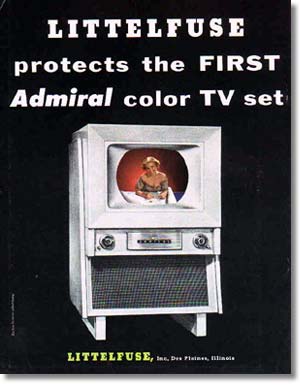
1956
NBC broadcasts the Sadlers Wells Ballet in Sleeping Beauty, choreographed by Frederick Ashton after Petipa, to an audience estimated at 30 million viewers.
Dance Films Association, (DFA), first nonprofit service organization for dance and film, is founded by Susan Braun after her search for films on Isadora Duncan. ( www.dancefilmassn.org.
Ampex sells the first practical videotape recorder, developed by Charles Ginsburg and Ray Dolby, with four heads and a transverse scanner using 2" tape running at 14,400 rpm.
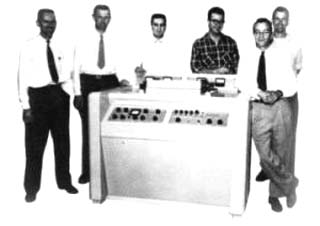
1957
A Dancer's World, directed by Peter Glushanok with Martha Graham, is produced by Nathan Kroll for Pittsburgh's WGED-TV, an alternative venue to commercial television.
Invitation to the Dance, an all-dance film in three sections directed by Gene Kelly in 1952, is released. The first two parts, based on classical ballet, starring Igor Youskevitch, Claire Sombert, Tamara Toumanova, Diana Adams, and Claude Bessy, are less successful than the final section, in which Kelly dances in a live action/animation version of Sinbad the Sailor.
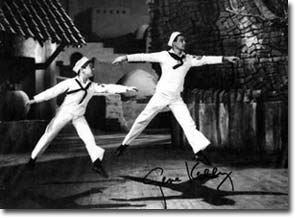
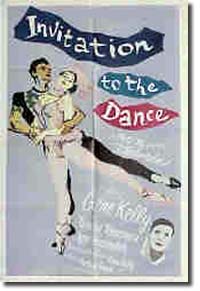
1958
Peter Glushanok directs Appalachian Spring with Martha Graham for Pittsburgh Public Television.

Shirley Clarke, a Martha Graham-trained dancer, makes Bridges-go-round, in which the bridges of New York dance through the film techniques of pixillation and optical printing.
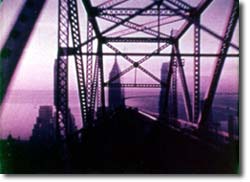
1959
Ludovic Kennedy directs The Sleeping Ballerina, a profile of Olga Spessivtzeva's life as a dancer and her time in a sanitarium.